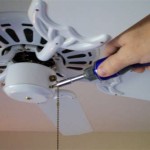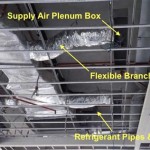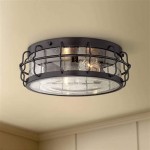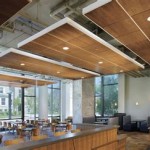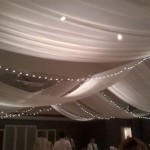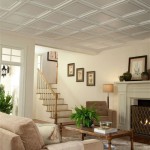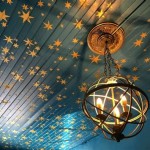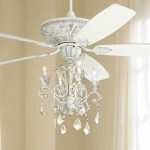What Does Vaulted Ceilings Mean?
Adding architectural interest and a sense of grandeur to any room, vaulted ceilings have become increasingly popular in modern homes and commercial spaces. But what exactly are vaulted ceilings, and what are the benefits of incorporating them into your design?
Vaulted ceilings are characterized by their arched shape, which extends from floor to ceiling, creating a more voluminous and open feel. They differ from cathedral ceilings, which have a pointed arch, while vaulted ceilings have a rounded or curved shape.
There are several types of vaulted ceilings, including:
- Barrel Vaults: These have a continuous curved surface that extends from one end to the other, resembling a half-cylinder.
- Groin Vaults: Created by the intersection of two barrel vaults at right angles.
- Rib Vaults: Feature ribs that extend along the surface of the vault, creating a skeletal framework that supports the structure.
- Dome Vaults: Have a hemispherical shape, like the inside of a dome.
Benefits of Vaulted Ceilings:
- Increased Natural Light: Vaulted ceilings often feature windows or skylights placed high on the walls, allowing for ample natural light to flood the room.
- Enhanced Air Circulation: The increased volume of space created by vaulted ceilings promotes better air circulation, improving indoor air quality.
- Grand Ambiance: Vaulted ceilings instantly add a sense of grandeur and sophistication to any space.
- Improved Acoustics: The curved surfaces of vaulted ceilings help to diffuse sound, reducing echoes and creating a more balanced acoustic environment.
- Vertical Emphasis: Vaulted ceilings draw the eye upward, creating an illusion of height and spaciousness.
Considerations for Vaulted Ceilings:
- Cost: Vaulted ceilings can be more expensive to install than traditional flat ceilings due to the additional materials and labor required.
- Maintenance: Due to their height, vaulted ceilings can be more challenging and costly to maintain, especially when it comes to cleaning and repairs.
- Heating and Cooling: Vaulted ceilings can be more difficult to heat and cool efficiently due to the increased volume of air.
- Furniture Placement: The height of vaulted ceilings may restrict the size and placement of furniture.
Overall, vaulted ceilings can be a stunning and transformative architectural feature, adding value and beauty to any space. However, it's crucial to weigh the benefits against the potential challenges to determine if they are the right choice for your needs and budget.

Vaulted Ceilings 101 History Pros Cons And Inspirational Examples

Vaulted Ceilings 101 The Pros Cons And Details On Installation Bob Vila

Differences Between Vaulted Ceilings And Cathedral

Vaulted Ceilings Pros And Cons Renovations Roofing Remodeling

What Is A Vaulted Ceiling Pros And Cons Of Ceilings

What Is A Vaulted Ceiling Pros And Cons Of Ceilings

Vaulted Ceilings 101 History Pros Cons And Inspirational Examples

Cathedral Ceilings Vs Vaulted

Vaulted Ceilings 101 The Pros Cons And Details On Installation Bob Vila

Problem Ceilings That Could Definitely Wreck Your Room Laurel Home
Related Posts

